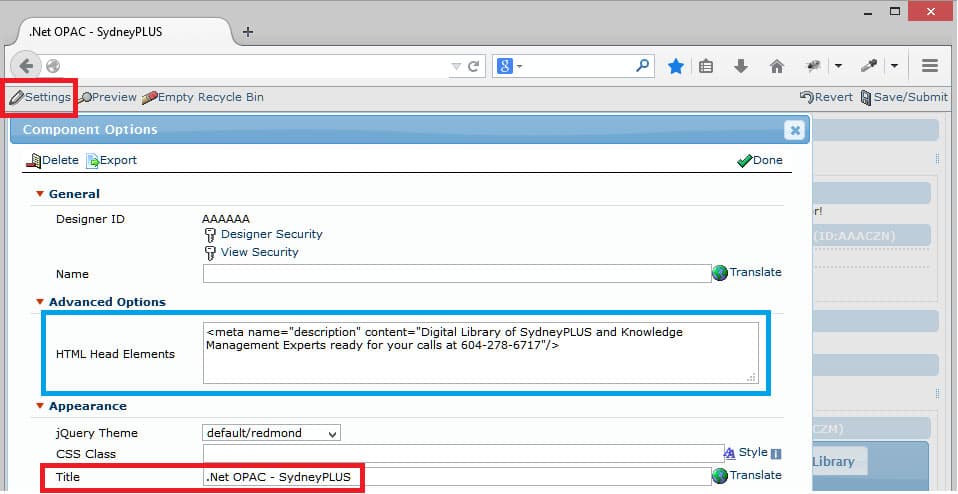SKCA and Inmagic Presto: The Archives Dream Team
THE JACOB RADER MARCUS CENTER OF THE AMERICAN JEWISH ARCHIVES“Our mission is to collect and preserve American Jewish History and to provide broad access to our collection, which is at its heart. We needed to have people supporting us as we went on the journey to fulfill our mission. Lucidea has been by our side through the whole process.”
LISA FRANKEL
Director of Programs & Administration
American Jewish Archives Challenges

Public Access

Detailed Description

Finding Aid Generation

Digitization & Multimedia
RICH, DIVERSE COLLECTIONS
The archival and manuscript holdings of the American Jewish Archives include over 900 major manuscript collections and over 16,000 smaller collections, including a photograph collection of over 25,000 images (heavily used by scholars, filmmakers and videographers, to illustrate books, articles, films, and television programs), a microfilm collection of over 4,000 reels, including copies of the papers of Rabbi Stephen S. Wise, Supreme Court Justice Louis D. Brandeis, Zionist leader Chaim Weizmann, and the records of the Socialist Labor Party of America; and nearly 10,000 audio and video recordings consisting of oral histories, lectures, religious services, and music. Their archival-manuscript holdings are complemented by a large collection of ephemeral materials: newspaper and magazine clippings, leaflets, brochures, pamphlets, and organizational news releases—data that does not appear in manuscript or non-ephemeral published sources.
These collections are managed by a team of 10, including 3 full time archivists, 2 part-time assistants, and others, including a graphics designer who builds awareness of the Archives through packets and publications as well as a special volume of the AJA Journal. An important part of the Archives’ mission is to help educate—their Executive Director is a Professor at Hebrew Union, and the Archives staff also teach, using documents from the collections as teaching aids.
THE DIGITIZATION IMPERATIVE
Most archives reside under libraries, and many archives are in large university library settings, but part of AJA’s uniqueness is that it is self-sufficient and separate from the Hebrew Union Library. Prior to implementing SKCA (Star Knowledge Center for Archives) and Inmagic Presto, the AJA did rely on a library automation system to manage their materials, but it didn’t address the unique needs of archival collections. For example, they could only have one record for each collection, and couldn’t provide detail. They were making it work, via a costly combination of Open Source (with associated consultants) and website contractors, but as digital content became increasingly important, finding a system with digital asset management capabilities combined with solutions to their other traditional archives management requirements— ideally through one commercial product—became imperative.
AN IDEAL COMBINATION
They selected SKCA as their collections management system but preferred not to use an archives public access catalog. And, they still wanted a way to ingest a significant number of digital files sitting on a disk drive and make them full-text searchable. The solution? A powerful combination of SKCA, purpose-built with all the essentials of archives collections management, with an Inmagic Presto front end that delivers both an attractive, easy-to-use catalog and broad access to multimedia digital content. In addition, using the systems’ robust permissions management, they can provide temporary access to more levels of content for specific researchers/projects without putting it online.
Per Ms. Frankel, Director of Programs & Administration, “We’re using SKCA and Presto to digitize and make accessible even our smaller collections, e.g. papers and sermons of rabbis, some very famous. We used to pay an outside firm, so now we save money digitizing these materials ourselves, and put them into our catalog. With SKCA combined with Presto you can ‘grow your digital repertoire’ and be much more efficient. In addition to the cost savings, it probably takes a tenth of the time that it used to.”
COST SAVINGS AND OTHER BENEFITS
With SKCA and Presto, there was a direct cost, as opposed to going the “free” Open Source route (which proved unsuccessful), but per Ms. Frankel, “… easy digitization is an inexpensive way to give direct access to materials while offering significant indirect savings. It can’t be overstated how important giving us back time and efficiency is— archivists should be cataloging and processing the collections, not struggling with a database.”
There are many other efficiency benefits, e.g., in the past they were using separate systems to create finding aids; with SKCA they can input data once and easily export it wherever they wish—optimizing workflow. The benefits of SKCA/Presto don’t just apply to collections management: the AJA doesn’t have full-time IT staff, and relies on Lucidea’s SaaS solution, which provides automatic backups and updates with no need for an onsite server or IT involvement. And for Archives staff on the research side, when they are assisting users, they can now search across multiple collections at once, and even specify content types—both huge timesavers.
PARTNERSHIP
Both Ms. Frankel and Ms. Elisa Ho, Archivist and Special Projects Coordinator, feel very positively about working with Lucidea’s Client Services Team. “They are unfailingly willing to be creative and find a way to meet our needs, even if nobody else has ever done what we want to do. Our requirements are very specific and Client Services ‘gets that’; we also like to share what we know with others, and hopefully other archives can benefit from Lucidea’s work with us.”
A BRIGHT FUTURE
Per Ms. Frankel, “We still have so much more that we can do with SKCA and Presto …it’s just a matter of time. We can continue to give improved access and present our rich collection to the scholarly world – this is really at the heart of our catalog. But, we can also provide additional resources to other patrons. For example, we can use the system to provide educators with lesson plans and curricula. We’ve only scratched the surface of what we can do. The potential is there.”









